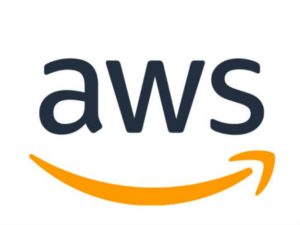As budgets shrink and tech demands rise, using data to make smarter decisions is more important than ever for government. At the state and local levels, where the majority of IT budgets support old legacy systems, how can government get there?
More important than tech deployment for the sake of deployment is considering the whole data management and governance process.
“If you have imagination to pair with your data, you can do a lot of new things with it,” said Mark Hensch, staff writer at GovLoop who wrote the forthcoming guide on state and local technology.
In San Leandro, California, Tony Batalla, Chief Technology Officer (CTO) and head of IT and Innovation, could attest to this. To maintain clean storm drains, the city decided to crowdsource efforts to a ‘residential workforce’ and set up an Adopt-a-Drain program for residents to pitch in and care for the community. Through an interactive map, they were able to locate a drain and adopt them online.
“The fun part is creating and deploying it,” Batalla said at GovLoop’s webinar on the direction of data in state and local government, “but the ongoing maintenance of it is something that no one really talks about and is the thing that makes data work.”
In other words, Batalla highlighted the whole, continuous process of managing data — not just the deployment of a cool service — as the true producer of value in data.
In order for the city’s drain data to have value, the continual input of information from the residents is paramount, Batalla said. Residents who adopted a drain were expected to fill out an online form after cleaning and include details such as how many gallons of debris they cleared.
Perhaps it may be too much to expect a voluntary, residential workforce to input their data, Batalla noted. But internally, successful data governance notably depends on the partnership between the IT folks and the workforce — residential or governmental — that collects, stores, analyzes and presents the data.
“I think people who configure systems should have to pay to make fields mandatory because the downstream repercussions of this action endebt other workers later.” said Hanna Pickering, Director of IT Services in Portland, Maine, underscoring Batalla’s point and referring to the burden of data entry. Pickering referred to data entry as ‘future work,’ or work that will produce value for the future. But for the present, that data still needs to be maintained and sorted to be useful and intuitive, Pickering noted.
“It would be valuable to have a snapshot view of what’s valuable today, and let go of what was valuable prior,” Pickering said.
In short, as hot as data is, using it well is not as complicated as agencies might expect.
“It’s better to put something in Excel than wait for your Tableau license to start,” Pickering said. “Keep it simple, smarty.”
This online training was sponsored by:






Leave a Reply
You must be logged in to post a comment.